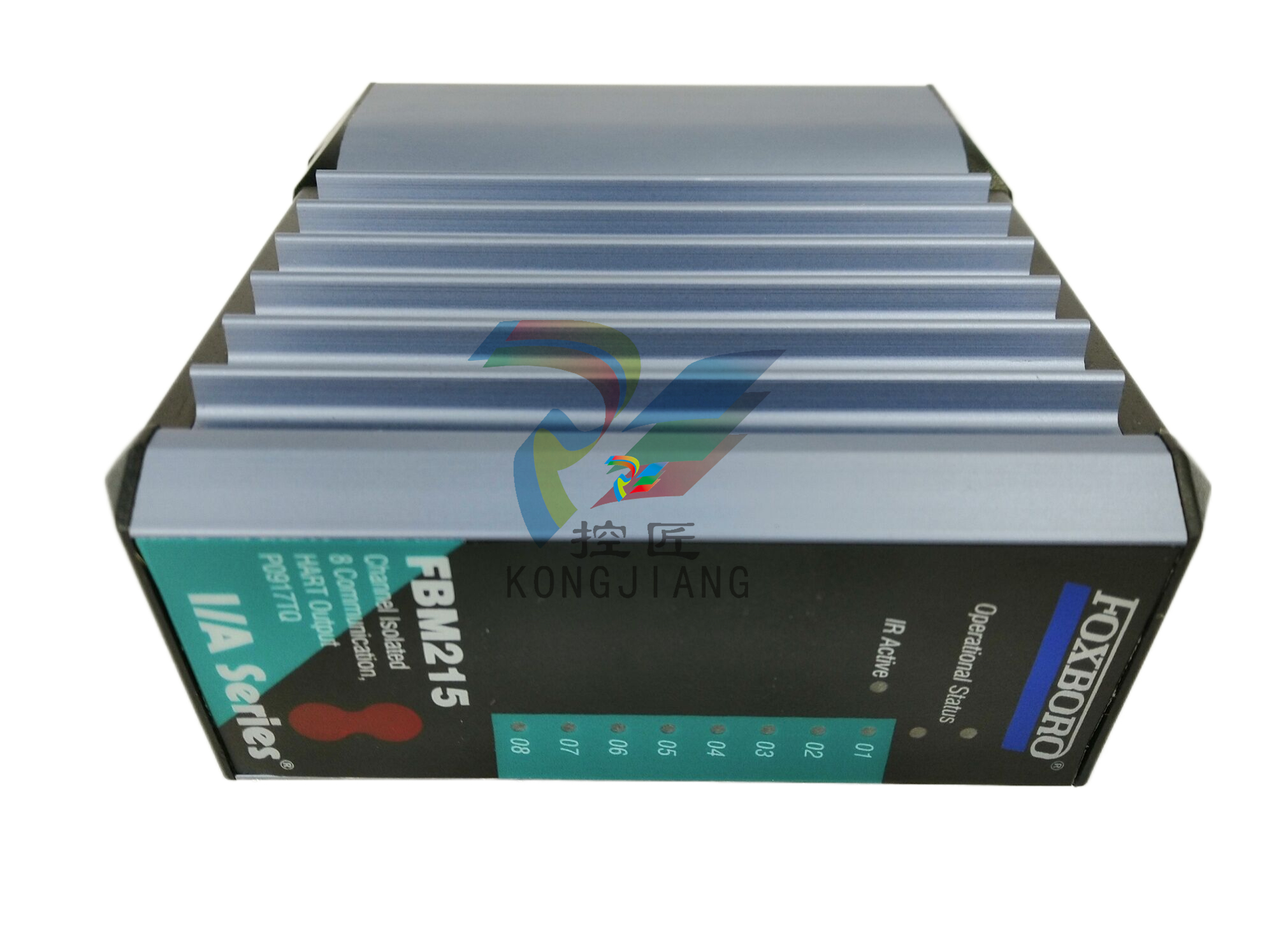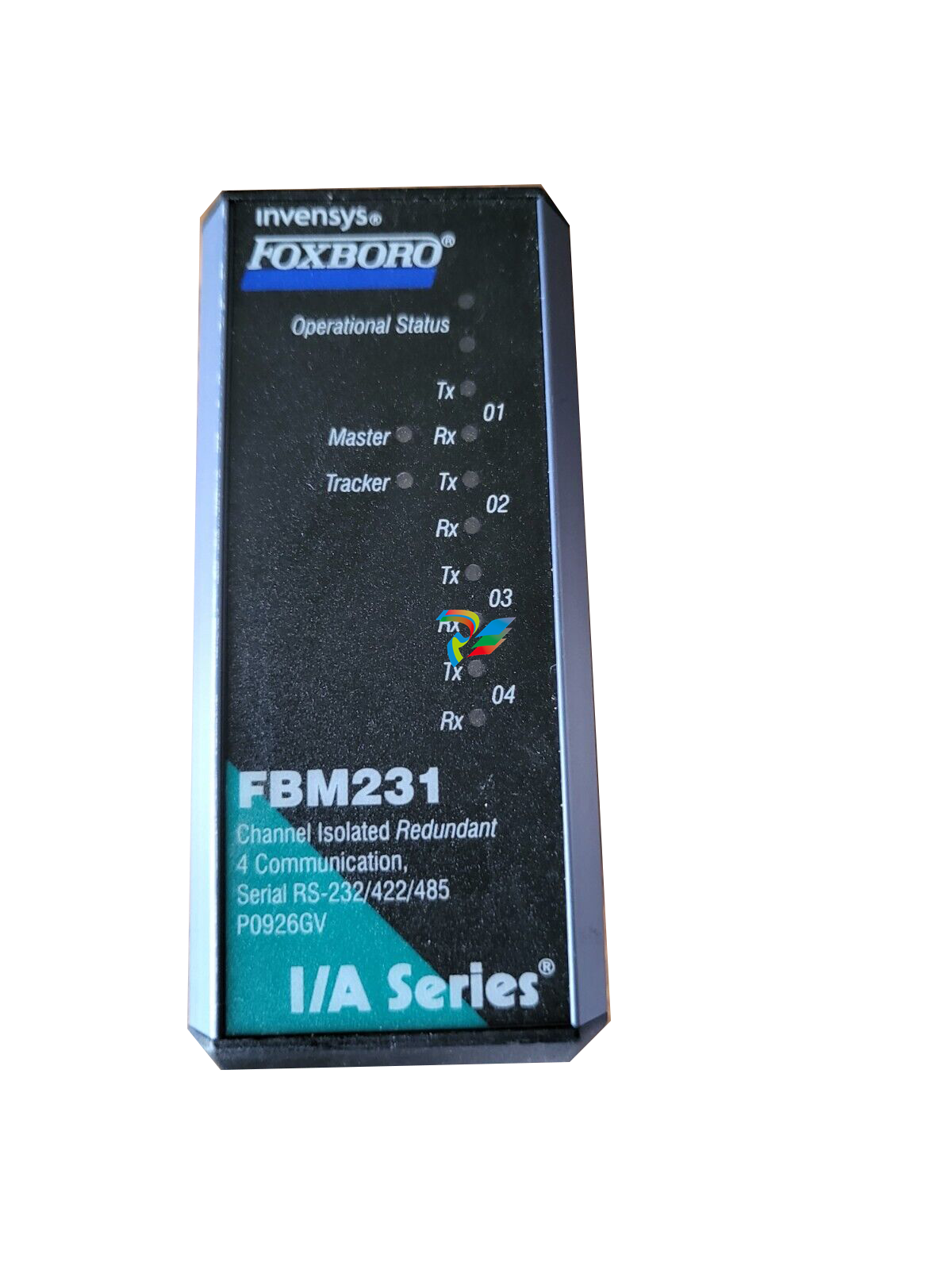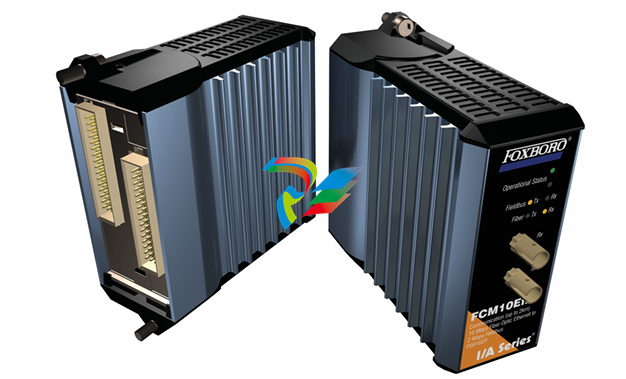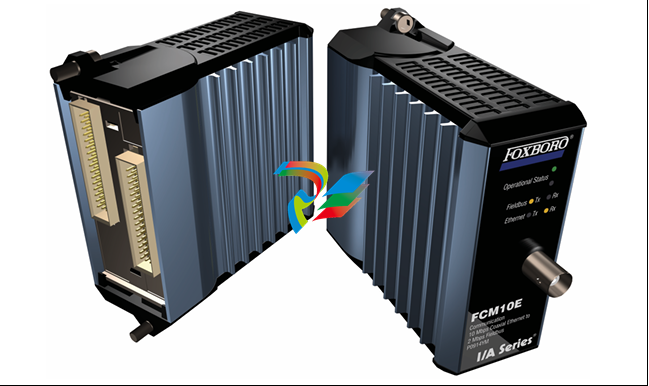
A-BMicroLogix 1000 Programmable Controllers
any degradation of properties and replace the module if
degradation is found.
Sécurité
Cet équipement est conçu pour être utilisé dans des environnements de Classe 1, Division 2,
Groupes A, B, C, D ou non dangereux (si indiqué sur le produit ou l'emballage).
N'utiliser que les câbles de communication suivants dans des environnements dangereux de
Classe 1, Division 2.
AVERTISSEMENT
!
Danger d'explosion :
• La substitution de composants peut rendre cet équipement
impropre à une utilisation en environnement de Classe 1,
Division 2.
• Ne pas remplacer de composants ou déconnecter l'équipement
sans s'être assuré que l'alimentation est coupée et que
l'environnement est classé non dangereux.
• Ne pas connecter ou déconnecter les connecteurs lorsque le
circuit est alimenté, à moins que l'environnement ne soit classé
non dangereux.
• Ce produit doit être installé dans un boîtier. Tous les câbles qui lui
sont connectés doivent rester dans le boîtier ou être protégés.
Mounting Your Controller Horizontally
The controller should be mounted horizontally within an enclosure using either the DIN rail
or mounting screw option. Use the mounting template from the front of this document to
help you space and mount the controller properly.
Using a DIN Rail
To install your controller on the DIN rail:
1. Mount your DIN rail. (Make sure that the
placement of the controller on the DIN rail
meets the recommended spacing
requirements. Refer to the mounting template
from the back of this document.)
2. Hook the top slot over the DIN rail.
3. While pressing the controller against the rail,
snap the controller into position.
4. Leave the protective wrap attached until you
are finished wiring the controller.
Using Mounting Screws
To install your controller using mounting
screws:
1. Remove the mounting template from the
back of this document.
2. Secure the template to the mounting
surface. (Make sure your controller is
spaced properly.)
3. Drill holes through the template.
4. Remove the mounting template.
5. Mount the controller.
6. Leave the protective wrap attached until you are finished wiring the controller.
Mounting Your Controller Vertically
Your controller can also be mounted vertically within an enclosure using mounting screws or
a DIN rail. To insure the stability of your controller, we recommend using mounting screws.
For additional information, refer to the previous section.
To insure the controller's reliability, the following environmental specifications must not be
exceeded.
Grounding Your Controller
In solid-state control systems, grounding helps limit the effects of noise due to
electromagnetic interference (EMI). Run the ground connection from the ground screw of
the controller (third screw from left on output terminal rung) to the ground bus. Use the
heaviest wire gauge listed for wiring your controller.
You must also provide an acceptable grounding path for each device in your application. For
more information on proper grounding guidelines, see the Industrial Automation Wiring and
Grounding Guidelines, (publication 1770-4.1).
ATTENTION
!
All devices connected to the user 24V power supply or to the RS-232
channel must be referenced to chassis ground or floating. Failure to
follow this procedure may result in property damage or personal
injury.
Chassis ground, user 24V ground, and the RS-232 ground are
internally connected. You must connect the chassis ground terminal
screw to chassis ground prior to connecting any devices.
On the 1761-L10BWB, -L10BXB, -L16BWB, -L16BBB, -L16NWB,
-L20BWB-5A, -L32BBB, and -L32BWB controllers, the ground
associated with the user supplied 24V DC input power and chassis
ground are internally connected.
Surge Suppression
Inductive load devices such as motor starters and solenoids require the use of some type of
surge suppression to protect the controller output contacts. Switching inductive loads
without surge suppression can significantly reduce the life expectancy of relay contacts. By
adding a suppression device directly across the coil of inductive devices, you prolong the life
of the output circuits. You also reduce the effects of radiated voltage transients and prevent
electrical noise from radiating into system wiring and facility.
The following diagram shows an output with a suppression device. We recommend that you
locate the suppression device as close as possible to the load device.
If you connect a micro controller FET output to an inductive load, we recommend that you
use an 1N4004 diode for surge suppression, as shown in the illustration on page 17.
Suitable surge suppression methods for inductive load devices include a varistor, an RC
network, or, for dc loads, a diode. These components must be appropriately rated to suppress
the switching transient characteristic of the particular inductive device. See the table on
page 18 for recommended suppressors.
As the following diagram illustrates, these surge suppression circuits connect directly across













































.jpg)
.jpg)
.jpg)





.jpg)



.png)
.jpg)

.jpg)
_lVjBYb.jpg)

.jpg)
.jpg)



.jpg)
.jpg)





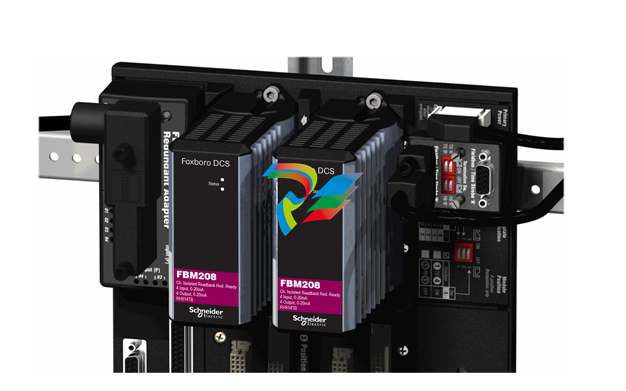
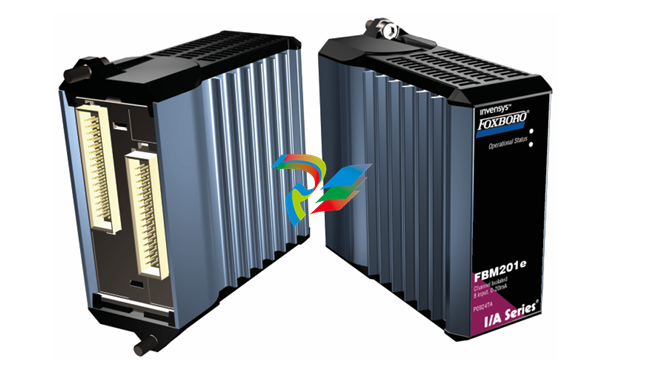
.jpg)
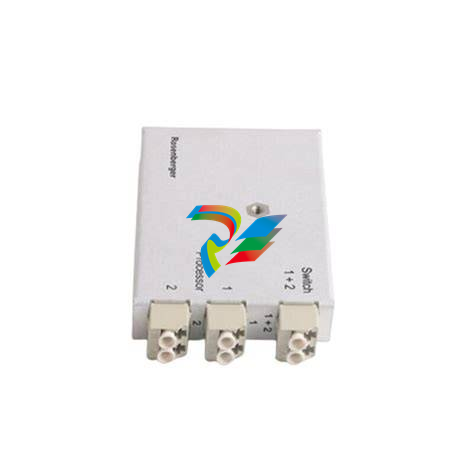
.jpg)
.jpg)
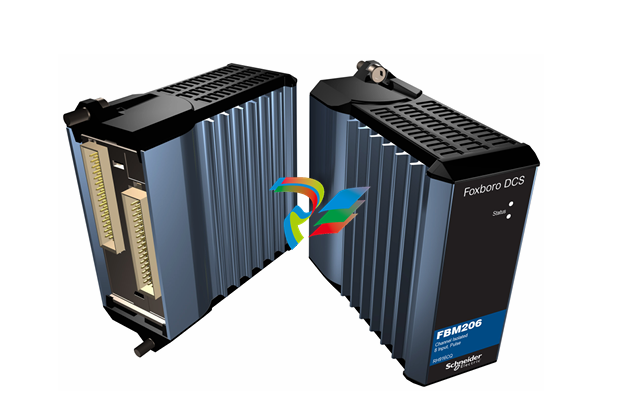
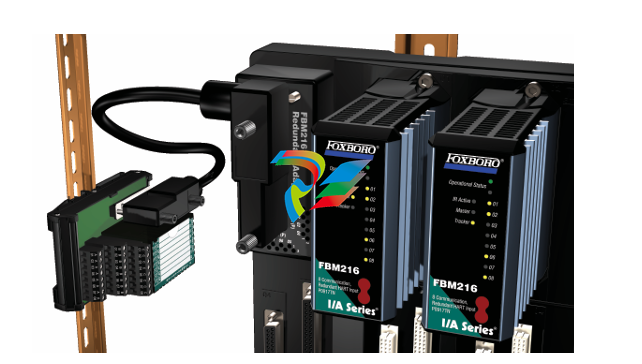
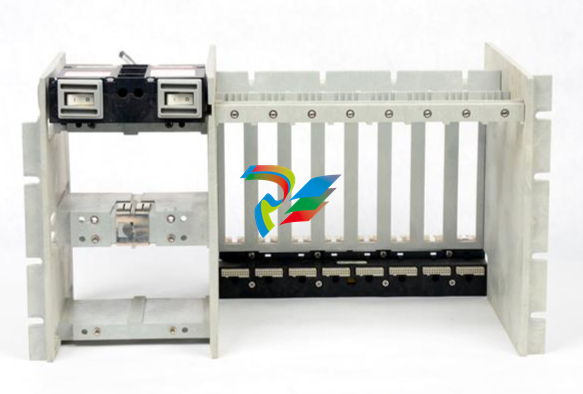
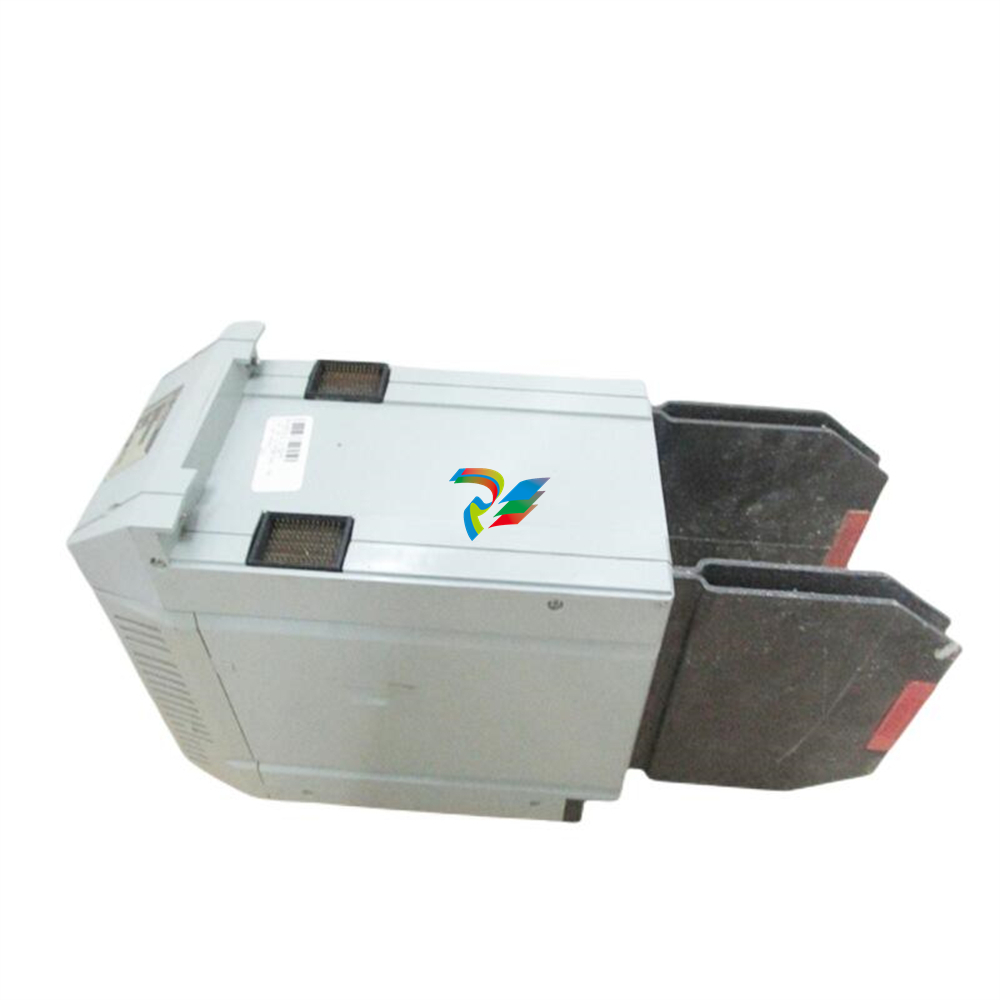
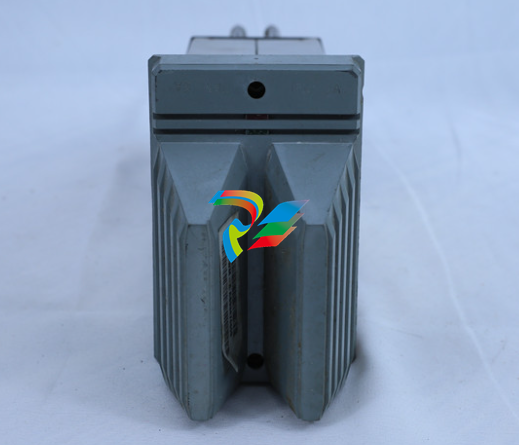
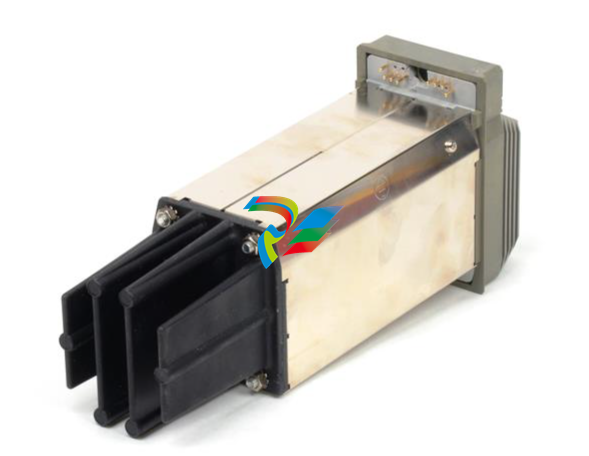
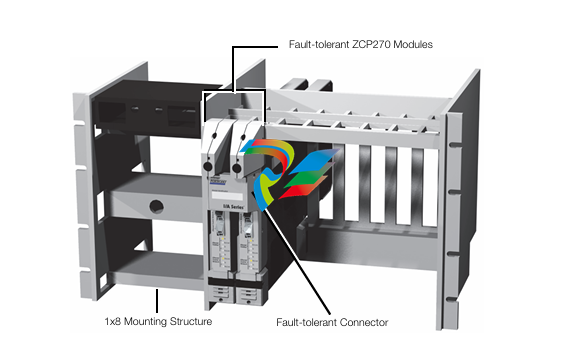
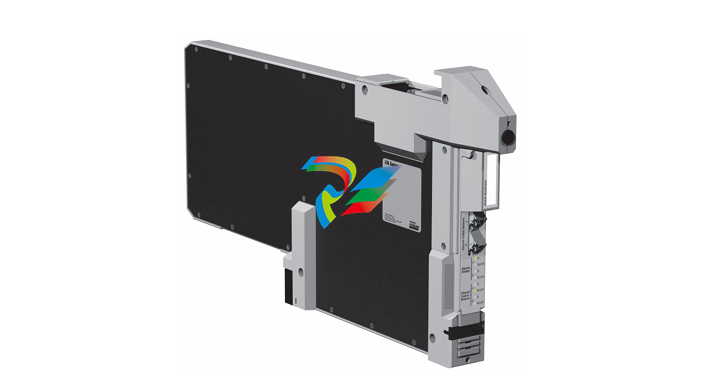
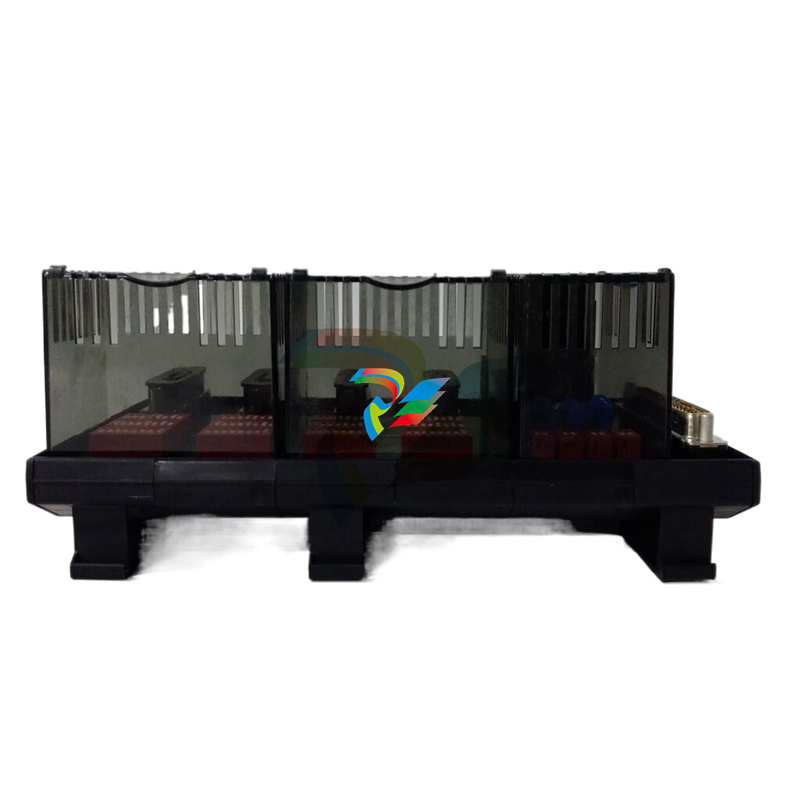
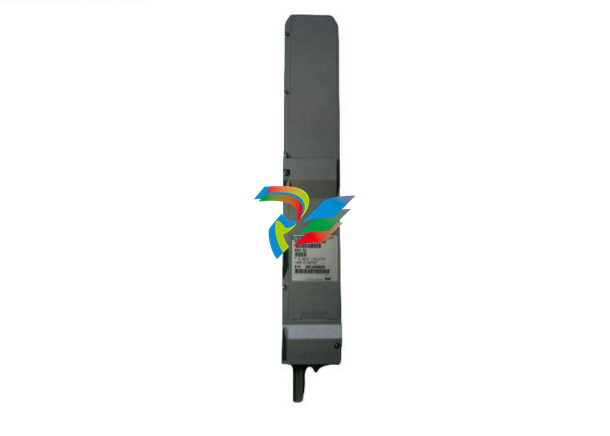
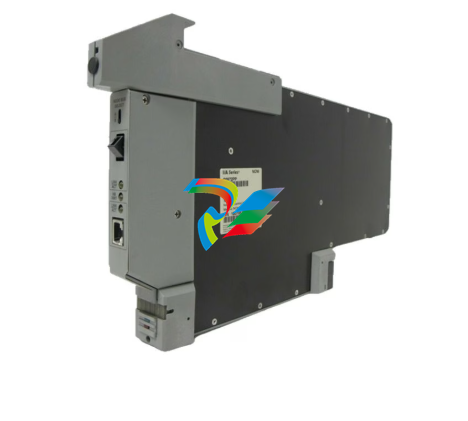
.jpg)
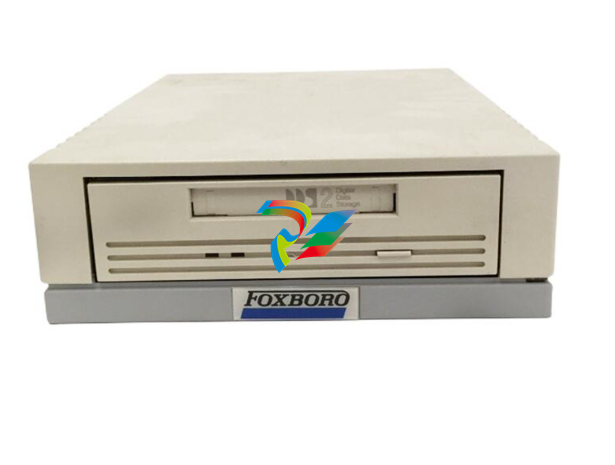
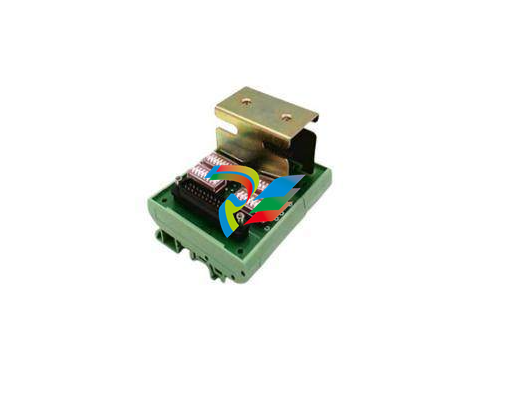
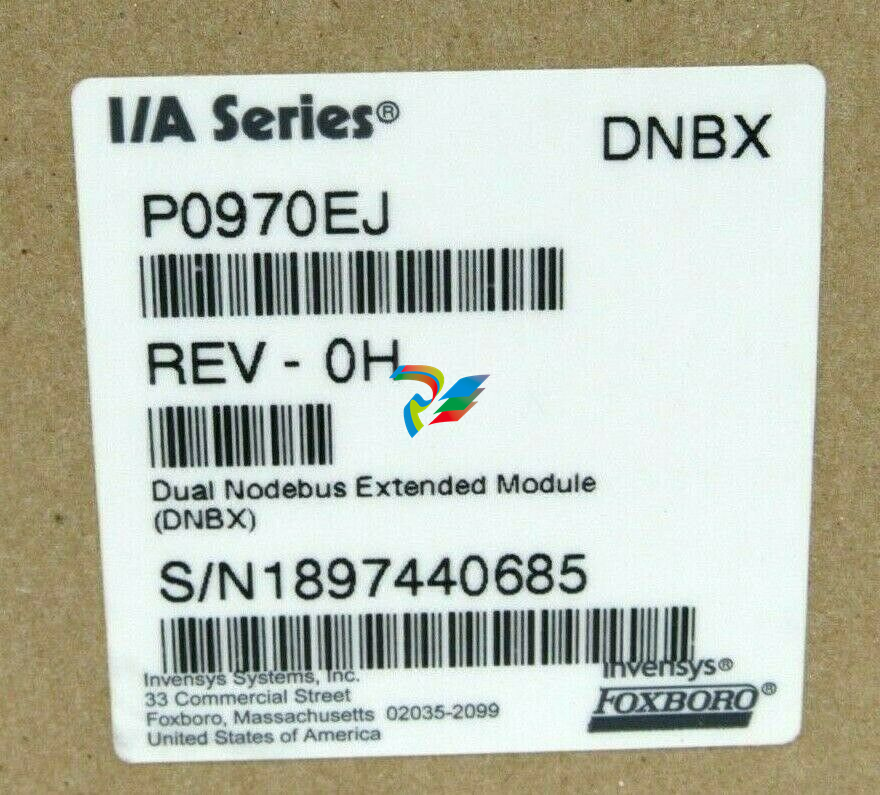
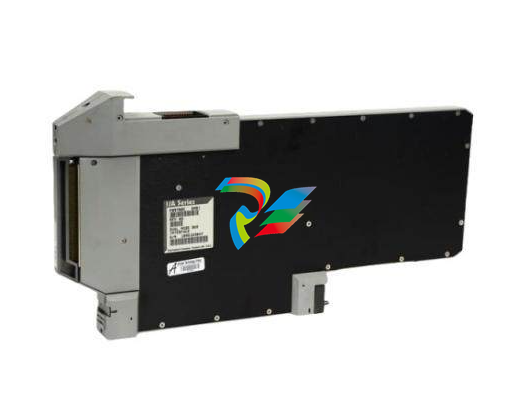
.jpg)
.jpg)
.jpg)
.jpg)
.jpg)
.jpg)
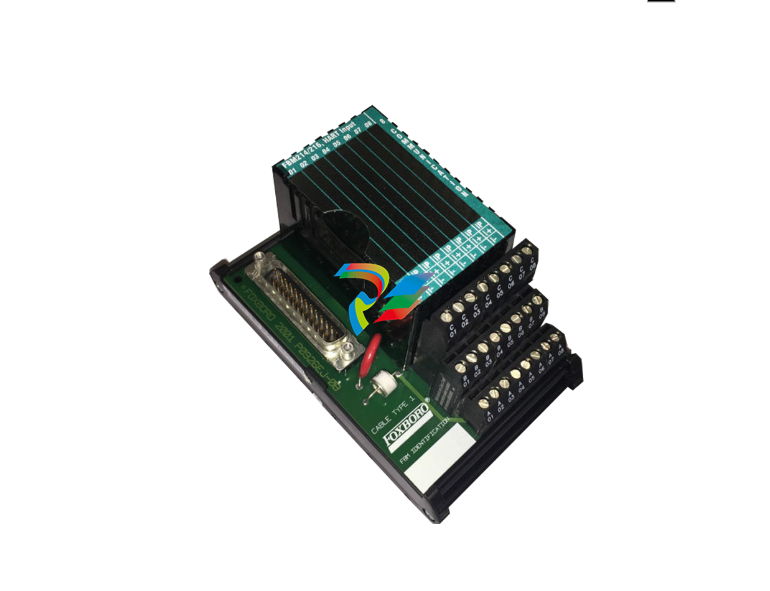
.jpg)
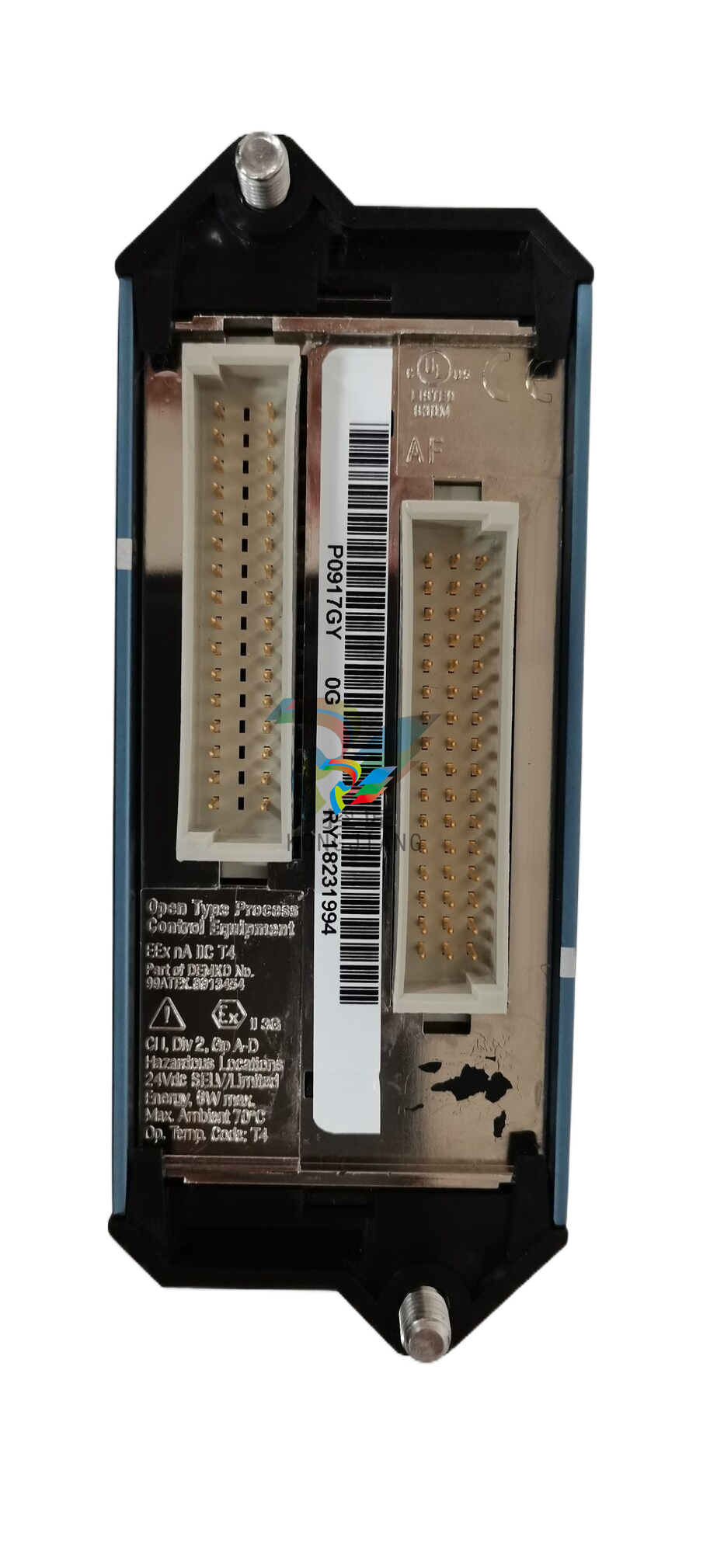
.jpg)
.jpg)
.jpg)
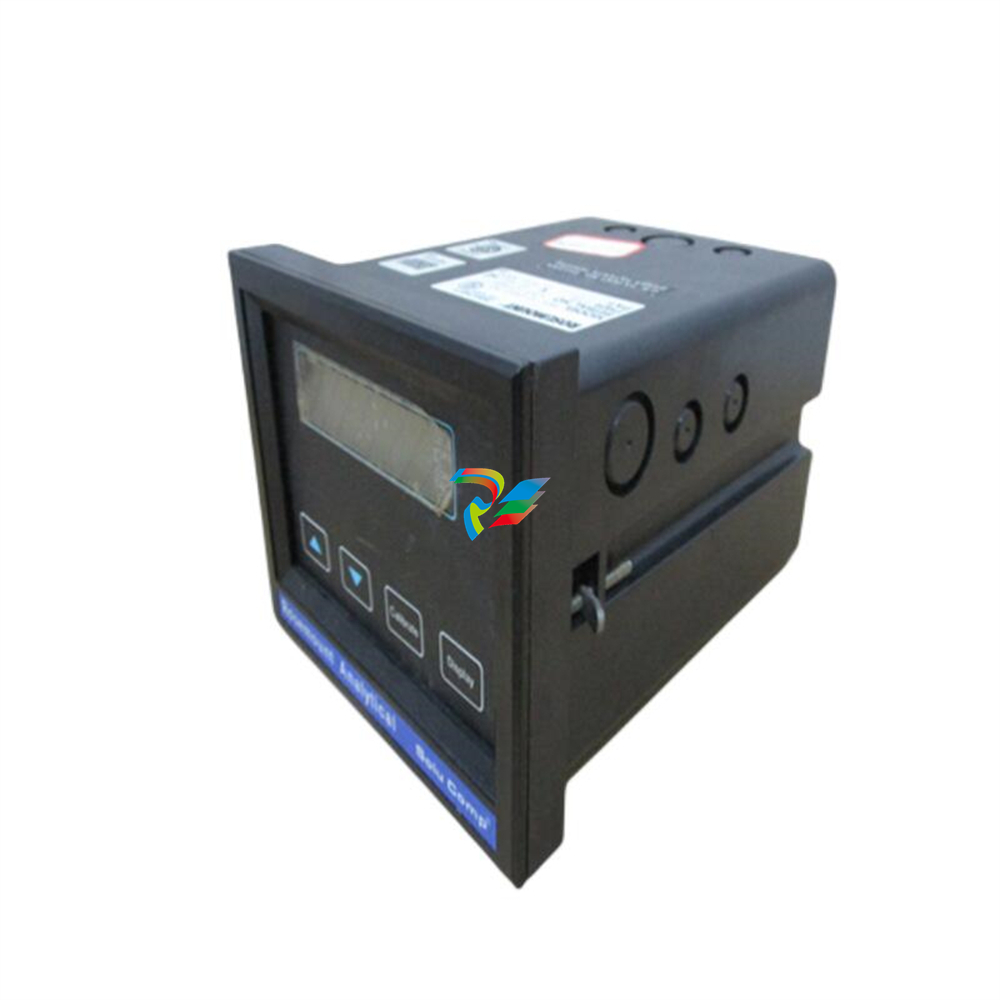
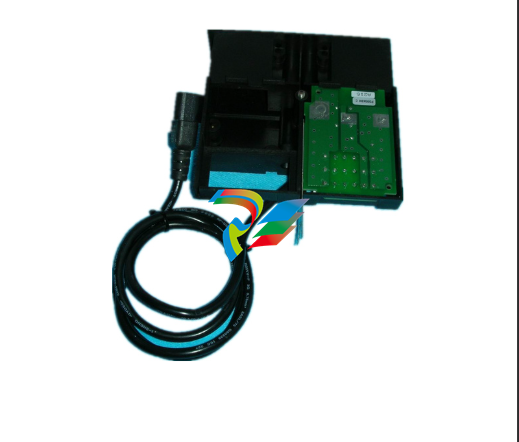
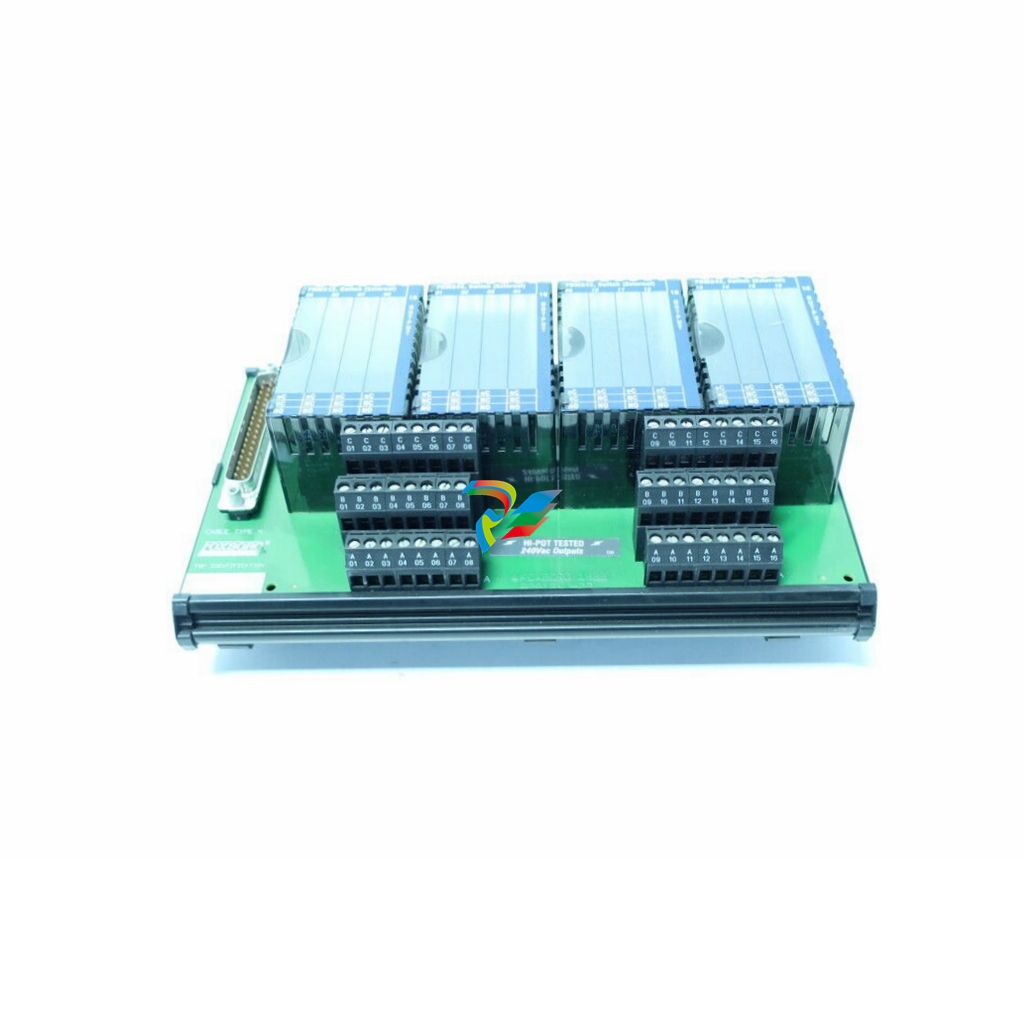
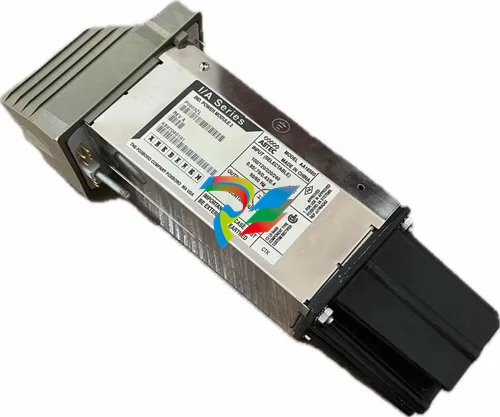
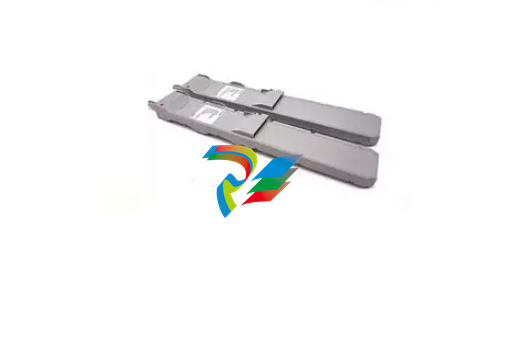
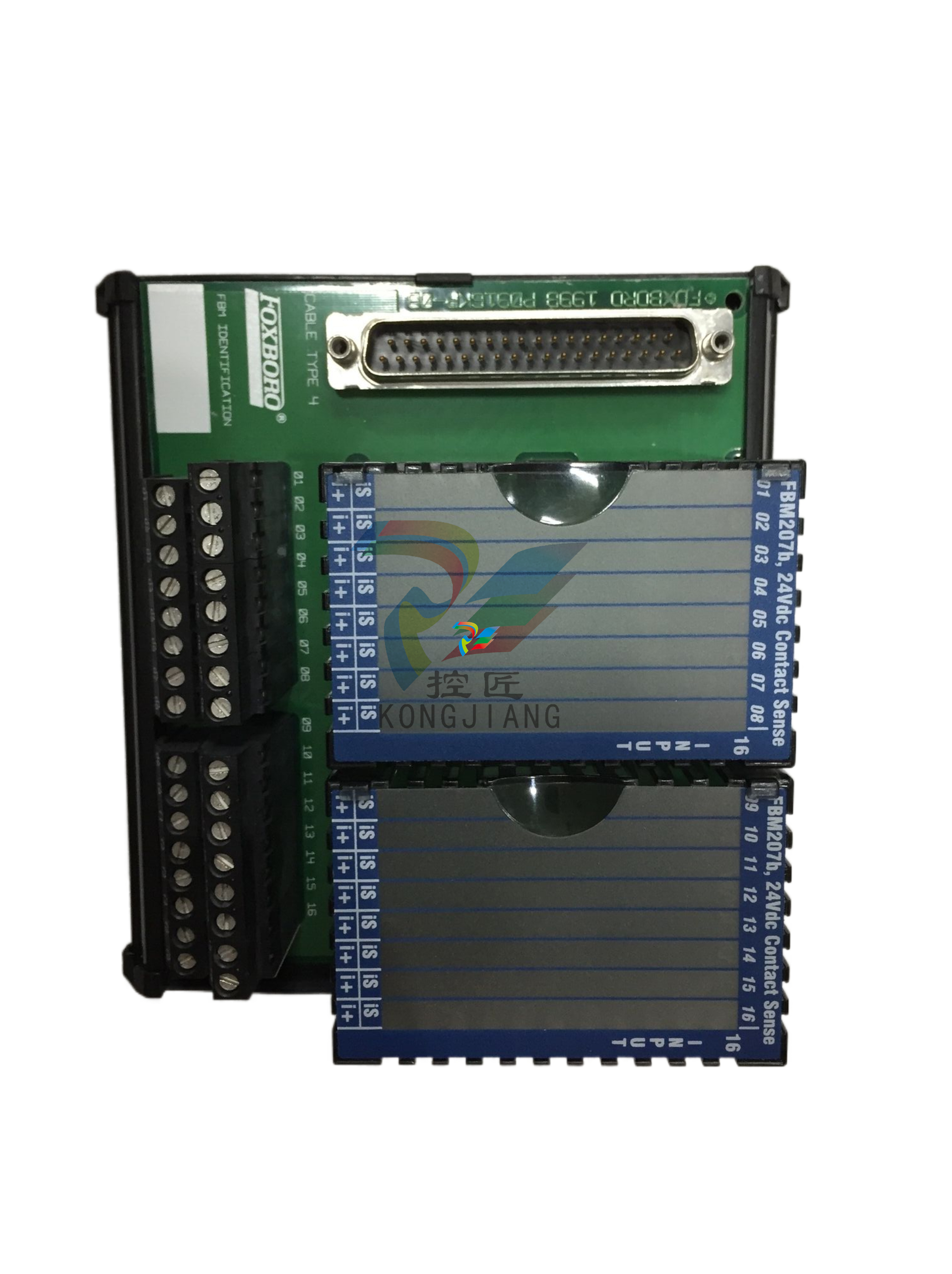
.jpg)
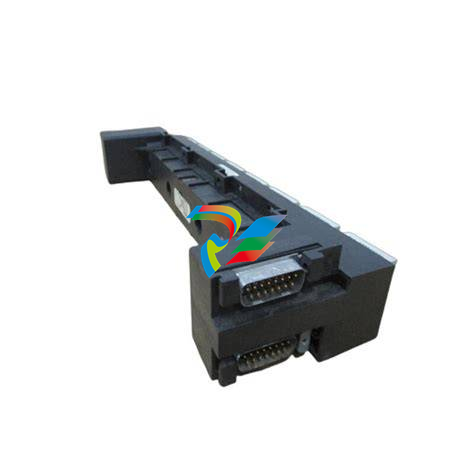
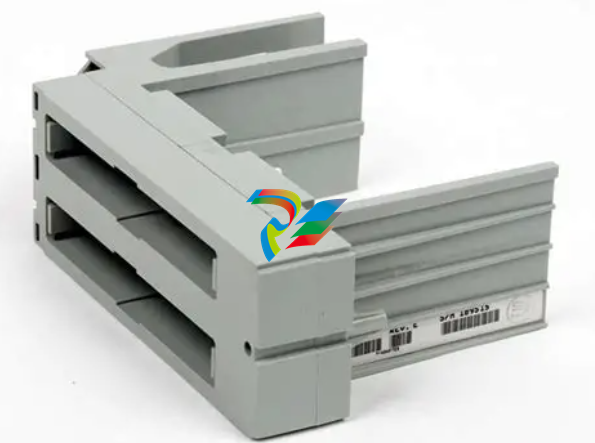
.jpg)
